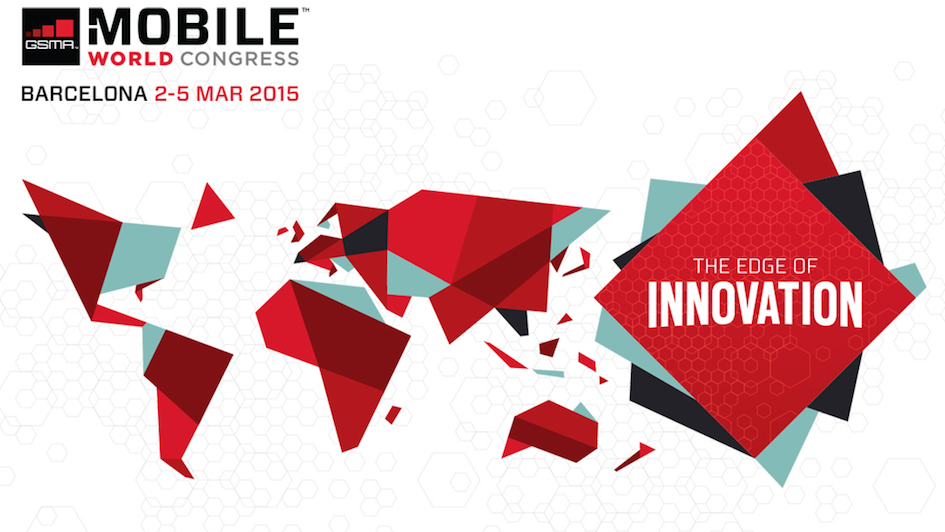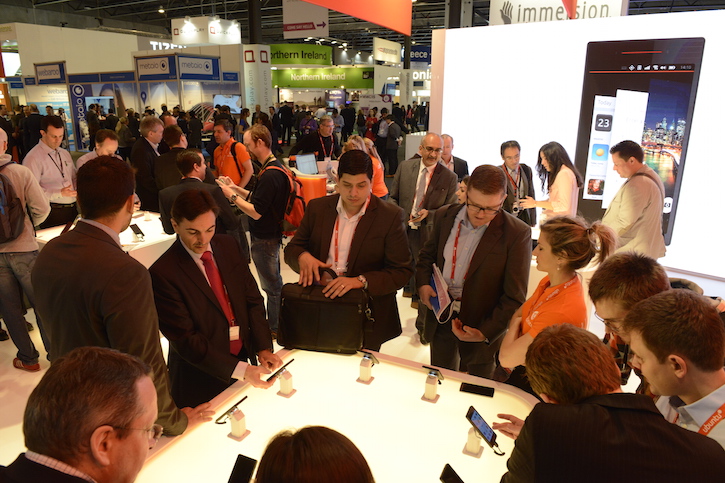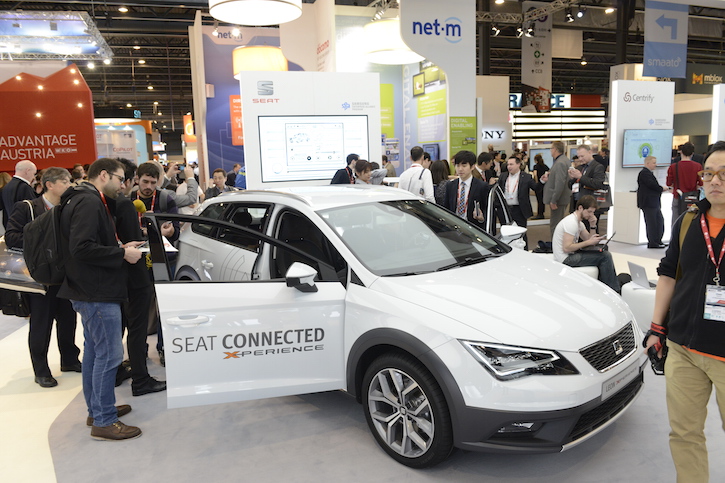
Mobile brands, including carriers and social media grandees such as Mark Zuckerberg, are in Barcelona at MWC15 to announce, prophesise, and speculate on what we as consumers will want, or think we need, in the form of mobile devices and the connected landscape. It’s true to say that we are a generation that relies on our mobile devices, even to the extent that we feel naked without a device to access the web 24/7. This now extends to wearables for fitness, virtual reality, gaming, and next, our virtual wallet and transport.
RELATED: Would You Like to Use a Virtual Reality App on Facebook?
Next week at its March 9th ‘Spring Forward’ event, and as ever separately to every other brand, Apple will likely launch the Apple Watch to a global audience who may just be underwhelmed considering the announcement of advances in Android-based wearables demonstrated by HTC, Huawei, LG and Sony to name a few at MWC15. Underwhelmed is perhaps unlikely based on consumer enthusiasm, but the exclusive snapshot of the Apple Watch given by Lisa Armstrong, Telegraph Fashion Editor, demonstrates that Apple is offering what every brand must deliver to its consumers — choice. Apple offers choice of styles, straps, and faces, and of course the Edition variant in 18ct rose or yellow gold for those who like their wearables with a bit of bling. One thing these new arrivals, Apple included, all have in common is that they start to transcend the chasm of tech into fashion. They look great, work effectively, and are worthy cost-effective options (with the exception of Apple) that will further ignite the wearables market.
But who’s copying who? Fashion brands such as Guess, and luxury watch brands like Tag and Mont Blanc, have made their intentions clear and some could argue are being driven by tech brands. However, why should tech need to look traditional to enable adoption, especially if it only works when I remember to charge it? Where is the value, efficiency, and worth?
On the other hand, we may be blown away by our friends in Cupertino. We have more to digest such as those car rumours in which Google is further ahead in realising, as are some of the more forward-thinking automobile brands. Volvo, for example, is exploring connected car services and is announcing a trial launch, progressing its published plan to create a fleet of driverless cars by 2017.
SEE ALSO: Fyuse Spatial Photography App Is the New Instagram
It’s an obvious move to connect our devices to our transportation – our devices will soon show us how to get to our destination and then take us there in the most efficient manner. Easier said than done, as we all know the pitfalls of satellite navigation. Does a driverless car have the potential to become annoying like a cab driver who is lost, can’t drive, or drives dangerously? Without exception, any mobile or wearable device that connects with our vehicle and 3rd-party applications, like social media, are going to involve advertising, data, and subscriptions, further sacrificing the joy of a quiet and peaceful drive home.
With connected devices creating more opportunities for brands, every manufacturer understands that they need to have a cross-category approach to devices including phones, wearables, and VR, which is evident from the announcements made at MWC15. As the technology develops, however, brands also need to create amazing, intuitive, and secure software to encourage us to part with more of our tangible assets and transactions, in order to communicate and live virtually.
Are we ready or would we rather, brands included, slow down the pace? Technology is moving so rapidly that innovations are becoming obsolete before they have a chance to become a recognised part of history. The hardware needed to operate these innovations can become redundant sooner thus creating obvious problems in disposal as we can’t indefinitely deal with it by sending it off our shores to become someone else’s problem. Our perceived need to demand more out of our devices, brands, and lifestyles compounded with being forced to update, upgrade, and adopt as a result of market forces may be what drives us to come to a full circle and look for a device that allows a simpler and more traditional private life; unlikely but not impossible.
Images: © GSMA

